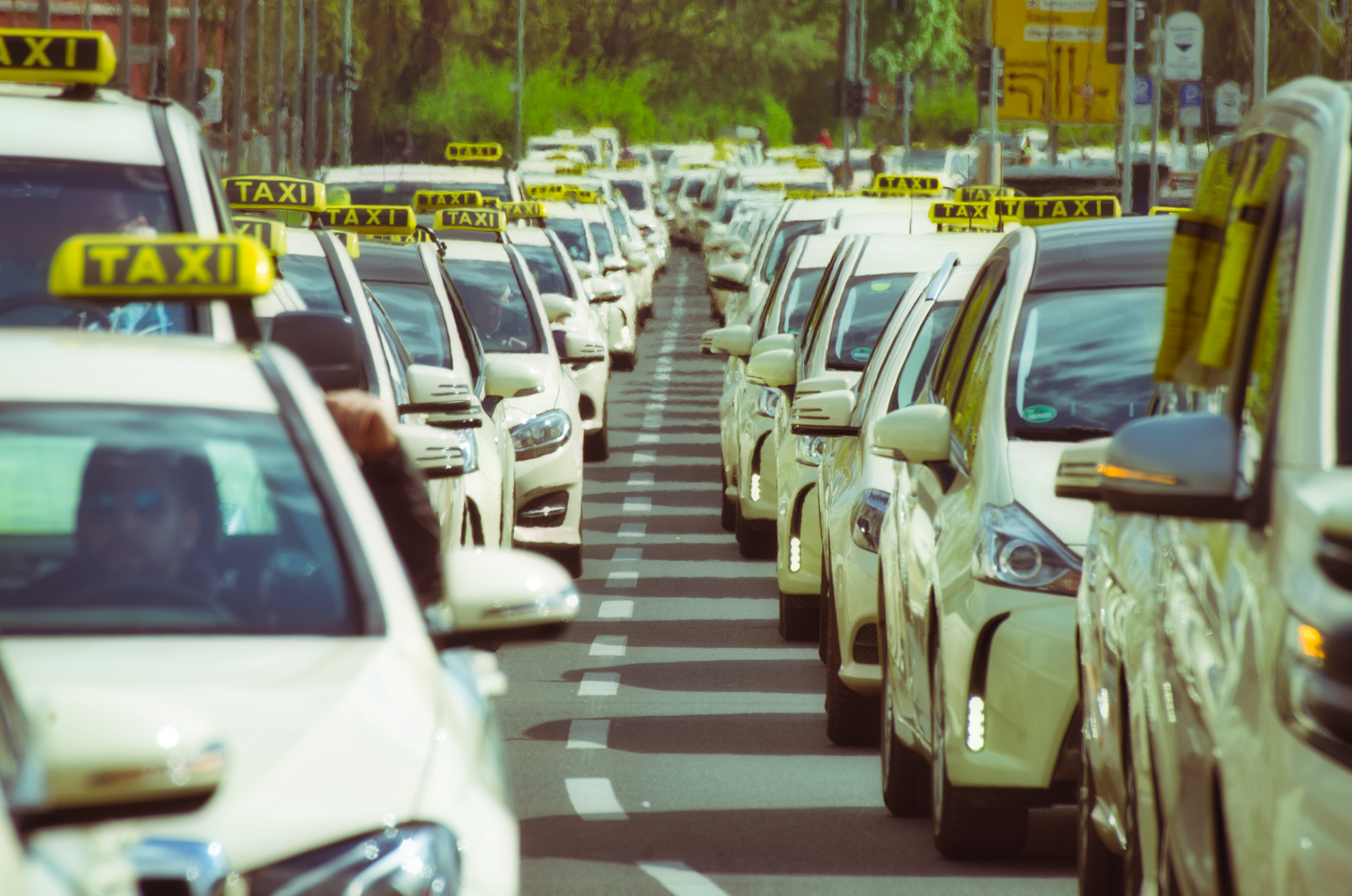Uber drivers launched a worldwide strike days before the ride sharing giant’s IPO. Drivers went on strike to demand transparency and a living wage. All workers want a living wage, but there is something more that organizations can learn from these drivers and other gig economy workers. The uber drivers choose to remain in the gig economy, even though a traditional job might offer better pay and benefits, because they have control over their time. In fact, they value the ability to pick up a kid from school, be there for a sick parent or attend a school play so much that they are willing to fight for better conditions rather than walk away.
With the World Health Organization adding burnout – chronic workplace stress that has not been successfully managed – to its International Classification of Diseases, it’s time for all organizations to take a closer look at how their workers view control over time.
Uber drivers value the freedom and flexibility of gig work enough to fight to improve pay. The gig economy demonstrates an underlying current that permeates the US workforce. Giggers take jobs that allow them to work and have a life – flexibility that is increasingly rare in the modern workplace. While the concerns have been raised by a segment of the workforce we may dismiss, it is worthwhile to take a magnifying glass to our traditional workplaces and ask the same hard questions.
Technology has eroded the barriers between work and life and workers are left craving the ability to have both. Some companies may turn to higher pay or fewer working hours, while these can increase satisfaction they are not necessarily the solutions. In fact, Richard Freeman, Ph.D., a professor of economics at Harvard University, talks about the “substitution effect” – the more money you earn, the less likely you are to take leisure time. Shorter work hours, can have a positive impact, as validated by a Swedish study that showed six hour workdays had a positive impact on worker’s happiness, energy and productivity. The real threat to work-life balance however may lie within our use of workplace technology.
At RescueTime we have been focused on the issue of workplace distraction and digital health for more than a decade. Hours worked ignores the bigger issue of workers feeling empowered to get meaningful work done during working hours. In essence, the tools we use are prohibiting work from getting done, leaving our teams working longer hours to check the boxes.
The answer is not to throw out workplace collaboration and communication tools but address how we utilize them. Is your company unintentionally creating a culture of distraction? For example, what are the expectations of email response time? Are employees allowed to decline non-essential meetings to focus on meaningful work? How much of the workday is given to focus work. When we looked at the anonymized behavior data of 50,000+ RescueTime users, we found that the average knowledge worker “checks in” with communication tools every 6 minutes. Further, our research found that the average knowledge worker maxes out at around 40 minutes straight of focused time free from communication.
To attract and retain top talent, organizations must think beyond pay and benefits to the quality of work life and support for getting the important things done. The motivation of the gig economy is a good starting point for viewing our workplaces through a different lens. When we empower workers to do meaningful work, by creating a culture that allows focused time, we inherently give them more hours to have a life. The result are workers that are happier and more productive. Isn’t it time we all made that change?
Photo by Achim Pock on Unsplash


